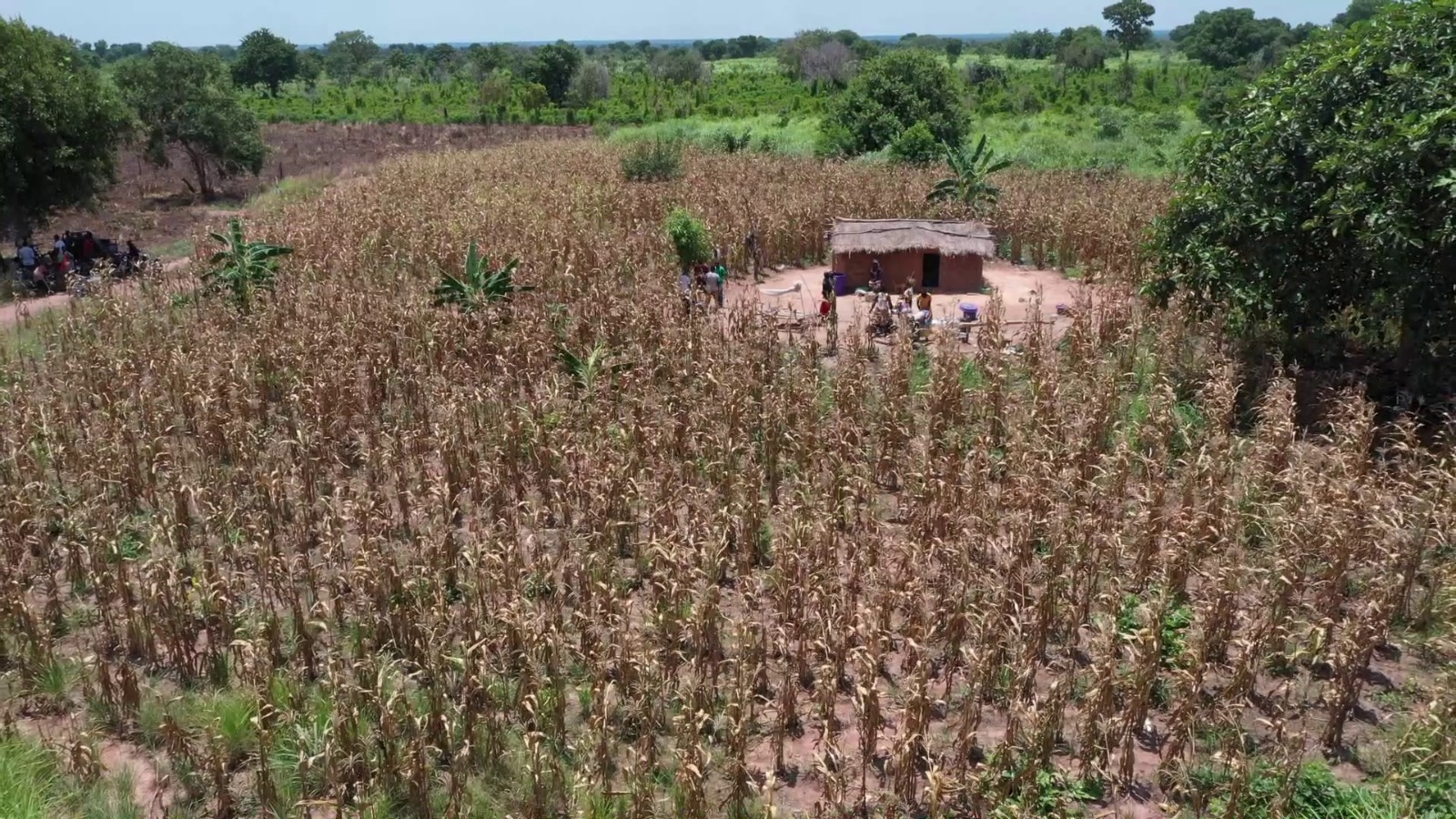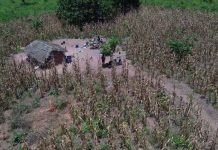
By Kofi Adu Domfeh
Greenhouse gas emissions in West Africa are expected to be accelerated by growing population, intensive agriculture and other aggressive land use changes.
Thus, according to a new study, the “Greenhouse Gas Determination in West Africa Agricultural Landscapes” (GreenGaDe) project shows that increased emissions will contribute to heat-related health illnesses, influence climate change, and impact food production.
The project is embedded in the trans-disciplinary West African Science Service Centre on Climate Change and Adapted Land Use (WASCAL) and funded by the German Federal Minister of Education and Research (BMBF).
The study, conducted by scientists from Germany, Ghana, Burkina Faso and Niger, focused on the emission of primary greenhouse gases, carbon dioxide, methane and nitrous oxide that contribute to global warming.
These gases absorb long-wave radiation hindering the heat from escaping into outer space, ultimately causing global warming and climate change. The effects of this phenomenon have become pronounced with population growth and agricultural expansion.
The researchers sought to inform climate adaptation policies and promote climate-smart agriculture among smallholder farmers, who are admonished to set up tree canopies to preserve carbon pools in soil and vegetation.
“Forests in agricultural ecological systems are important. They facilitate carbon storage, mitigating the impact of climate change, and the like. In the future, climate change will be more severe, and I would encourage farmers to look into the future and improve their carbon field by developing more tree canopies,” said Prof. Anja Linstaedter, Consortium Principal Investigator of the GreenGaDe Project.
Food production systems account for 19-29% of global greenhouse gas emissions.
In developing countries, 90% of the emissions originate from agriculture and deforestation.
However, it is not known how much greenhouse gas is released by different agricultural systems and management practices.
The GreenGaDe project aims to provide policymakers and managers with data and predictions that will serve as a clear basis for decision-making.
The study aims to quantify carbon pool dynamics and GHG emitted under different land use practices and to improve stakeholders’ understanding of GHG dynamics in the West African region.
A stakeholders’ workshop in West Africa’s agricultural landscapes explored stronger collaborations to improve agriculture and climate-related issues.
“Nitrous oxide emissions occur mostly through agricultural activities associated with increased use of synthetic fertilizers, deposition of animal excreta (urine and dung), disproportionate application of manure to farmlands, and inefficient use of irrigation water,” said Dr Reginald Guuroh, principal investigator for the Ghana project team.
“One aspect is the engagement of farmers, testing their practices and knowledge. Farmers have been educated and are waiting on the adoption of climate-smart adoptions. And our partners have been very helpful in finding results,” he said.
The project involved specialists in agronomy, forestry, modelling, environmental chemistry and monitoring, and sociology from Germany and three West African countries.
The specialists examined and compared different agroecosystems in West Africa, including forests, open savannahs, pastures, and fields.

















